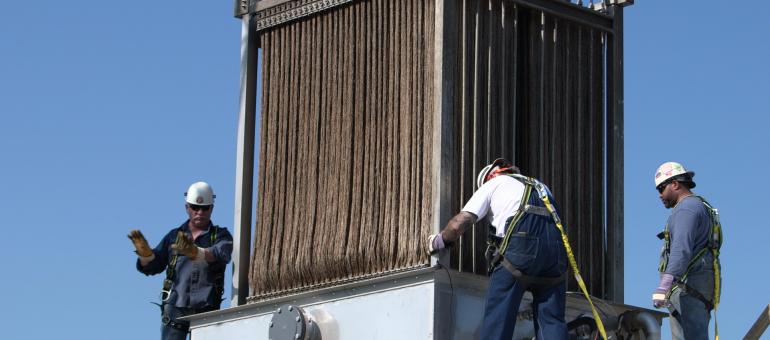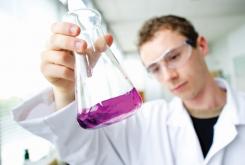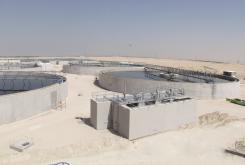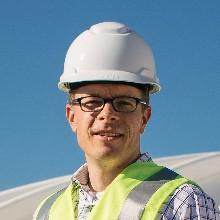Process Intensification Solves Big Problems with Small Footprint

Population growth and urbanization put pressure on existing water and wastewater treatment plants, forcing them to expand treatment capacity to meet the growing demand and increasingly stringent treatment requirements. However, expanding the physical footprint or building a new, larger plant is often not possible due to limited land availability.
These realities and the continued desire to make plants more efficient and sustainable drive a growing interest in process intensification. Utilities are looking to invest in compact and efficient technologies and solutions to expand their treatment capacity without increasing their physical or environmental footprint.
Veolia Water Technologies & Solutions’ ZeeLung* technology is a great example of this. Instead of building a new plant or adding new tanks in an existing facility, ZeeLung can be retrofitted into existing infrastructure to maximize treatment capacity while reducing energy consumption.
How It Works
ZeeLung cassettes are installed into existing bioreactor tanks to augment the conventional activated sludge process by increasing the biological inventory without increasing mixed liquor suspended solids or reactor volume. This avoids the need to build new tanks and allows for fast implementation.
It’s also much more efficient. In conventional wastewater treatment, 60% of the energy used is consumed by blowers tasked with delivering oxygen necessary for biological processes. With ZeeLung technology, oxygen is delivered without bubbles through molecular diffusion, which reduces the energy required for oxygen transfer by a multiple of four.
All in all, ZeeLung’s process intensification results in up to 50% more treatment capacity in existing tank volumes and up to 50% energy savings.
Making a Difference in Communities
Adoption of the Veolia ZeeLung technology enables communities to save money, space, and energy consumption. In Yorkville, Illinois, the Yorkville-Bristol Sanitary District (YBSD) operated its wastewater treatment plant near the design organic load. YBSD sought a cost-effective solution to accommodate new industries planning to move into the city. Increasing the treatment capacity of the existing facility would avoid the need to build a new treatment plant and therefore reduce the cost to YBSD’s ratepayers. The plant also wanted a solution to address future regulations regarding phosphorus discharge. So, YBSD selected ZeeLung technology to upgrade its treatment plant. The ZeeLung system has been in operation for more than four years.
In Toronto, Canada, ZeeLung is being deployed to demonstrate how it enables increased capacity and a higher level of treatment. The North Toronto Treatment Plant must achieve a high level of nitrification to produce a non-toxic effluent and requires upgrades to operate again at the original design capacity of 45.5MLD. The city uses the upgrade project to evaluate innovative technologies for reduced energy consumption and intensified treatment. If the evaluation goes well, MABR technology will enable the city to meet its treatment goals in a compact footprint and obtain valuable input for consideration in future capital upgrades at the city’s larger wastewater treatment facilities.
These use cases show a clear value proposition for process intensification like the kind enabled by the Veolia ZeeLung solution. Process intensification can create a more sustainable path to operating in times of growth or changing regulations by squeezing more from existing infrastructure.







